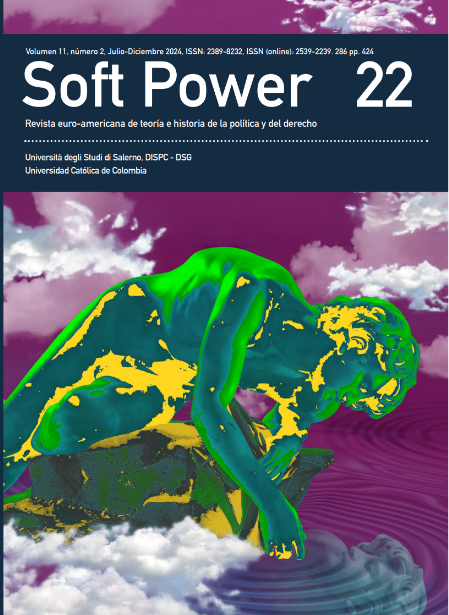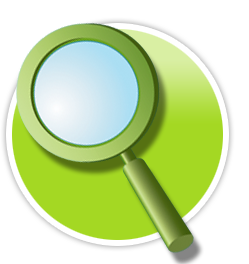
This work is licensed under a Creative Commons Attribution-NonCommercial 4.0 International License.
Al enviar los artículos para su evaluación, los autores aceptan que transfieren los derechos de publicación a Soft Power. Revista Soft Power para su publicación en cualquier medio. Con el fin de aumentar su visibilidad, los documentos se envían a bases de datos y sistemas de indización, así mismo pueden ser consultados en la página web de la Revista.Abstract
In light of the techno-scientific progress achieved to date, this paper aims to assess the continued validity of the notions of information, form, homeostasis, and points of indeterminacy within machines, as elaborated by Gilbert Simondon, in reference to rational agents, as understood by artificial intelligence. Additionally, I will examine the concept of individuation developed by the French philosopher and attempt to rethink it, considering how the digital milieu affects humans. It can be argued that the digital subject represents a technical individual distinct from the human subject. In this regard, I will endeavour to understand how the individuation process of the latter is profoundly influenced and short-circuited by the former, to the extent that the individual becomes a dis-individual.

References
Deleuze, G. (1990). Post-scriptum sur les sociétés de contrôle. In Pourparlers (pp. 240-
. Editions de Minuit.
Hui, Y. (2012). What is a digital object? Metaphilosophy, 43(4), 380–395. https://doi.org/10.1111/j.1467-9973.2012.01761.x
Latour, B. (1993). We have never been modern. Harvard University Press.
Paasonen, S. (2016). Fickle focus: Distraction, affect and the production of value in socialmedia. First Monday, 21, 10–3. http://dx.doi.org/10.5210/fm.v21i10.6949
Paasonen, S. (2021). Dependent, distracted, bored: affective formations in networked media.MIT Press.https://doi.org/10.7551/mitpress/11903.001.0001
Rantala, J., & Muilu, M. (2023). Simondon, control and the digital domain. Theory, Culture
& Society, 41(4), 1–18. https://doi.org/10.1177/02632764231201337
Russell, S., & Norvig, P. (2020). Artificial Intelligence. A Modern Approach (4th ed.).Pearson.
Serres, M. (2007). The parasite. University of Minnesota Press.
Simondon, G. (2005). L’individuation à la lumière des notions de forme et d'information.Éditions Jerôme Millon.
Simondon, G. (2017). On the mode of existence of technical objects. Univocal.
Stiegler, B. (2016). Automatic society. The future of work. Polity Press.
Tucker, I. (2021). Simondon, emotion, and individuation: The tensions of psychological
life in digital worlds. Theory & Psychology, 32(1). https://doi.org/10.1177/09593543211055199
Tucker, I. (2023). The emotional information of digital life: Simondon, individuationand affectivity. Distinktion: Journal of Social Theory, 25(3), 1–15. https://doi.org/10.1080/1600910X.2023.2224523
Wark, S. (2018). The subject of circulation: on the digital subject’s technical individuations.
Subjectivity, 12, 65–81. https://doi.org/10.1057/s41286-018-00062-5
Wiener, N. (1950). The human use of human beings: Cybernetics and Society. Houghton Mifflin.
Wiener, N. (1965). Cybernetics: or control and communication in the animal and the
machine. The MIT Press.









